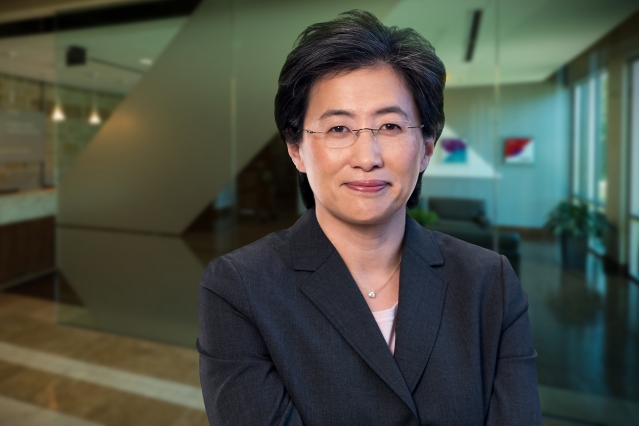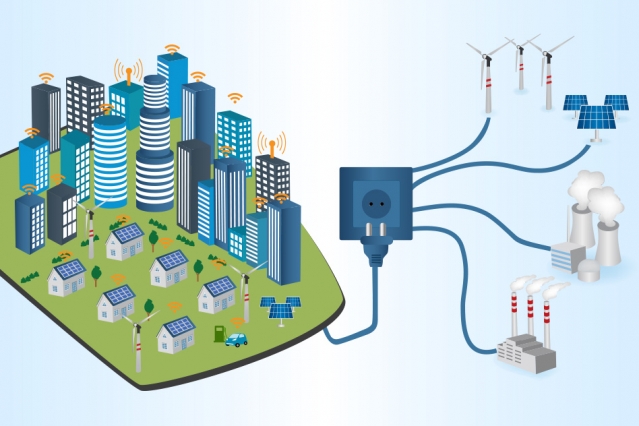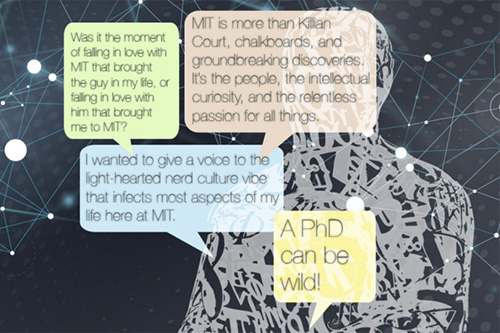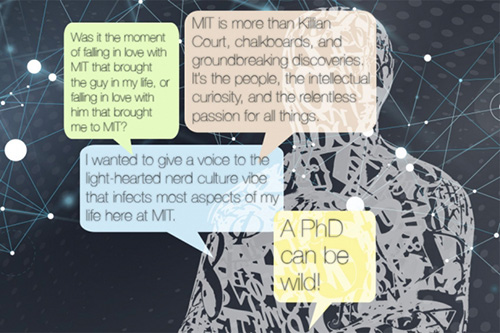Alison F. Takemura | EECS
![]()
Like MIT’s campus computing environment, Athena, a pre-cloud solution for enabling files and applications to follow the user, Dropbox’s Drew Houston ’05 brings his alma mater everywhere he goes.
After earning his bachelor’s in electrical engineering and computer science, Houston’s frustration with the clunky need to carry portable USB drives drove him to partner with a fellow MIT student, Arash Ferdows, to develop an online solution — what would become Dropbox.
Dropbox, which now has over 500 million users, continues to adapt. The file-sharing company recently crossed the $1-billion threshold in annual subscription revenue. It's expanding its business model by selling at the corporate level — employees at companies with Dropbox can use, essentially, one big box.
True to his company’s goal of using technology to bring people (and files) together, Houston is keen to share his own wisdom with others, especially those at MIT. Houston gave the 2013 Commencement address, saying “The hardest-working people don't work hard because they're disciplined. They work hard because working on an exciting problem is fun.”
He has also been a guest speaker in ‘The Founder’s Journey,” a course designed to demystify entrepreneurship, and at the MIT Enterprise Forum Cambridge; a frequent and active participant in StartMIT, a workshop on entrepreneurship held over Independent Activities Period (IAP); and a staple of the MIT Better World tour, an alumni engagement event happening at cities all over the globe.
Houston stopped by MIT in February for the latest iteration of StartMIT to give a “fireside chat” about the early days of Dropbox, when it was run with a few of his friends from Course 6, and discussed the current challenges of the company: managing scale. His firm now employs over 1,000 people.
“With thousands of employees in the company, you need coordination, and it can become total chaos. Ultimately all the vectors need to point in the same direction,” he told students. It turns out that Dropbox’s new online collaboration suite, Paper, could play a key role in getting those vectors to line up, offering lessons to both those new to start-ups and more seasoned entrepreneurs.
The Department of Electrical Engineering and Science (EECS) caught up with Houston to ask him about his perspective on Paper, a new tool Dropbox created out of necessity, and the potential for artificial intelligence to improve how people and teams organize their work online.
Q. Why did you decide to create a new way to collaborate?
A. Keeping files in sync is a way to keep teams in sync — sharing info gets teams on the same page. But teams need a lot more than just shared files; they need a way of organizing their knowledge, which might even mean taking bits of useful information from different files and connecting them in new ways.
At Dropbox, we were using tools like Google Docs. And we found they were really good for some things: creating docs in real-time is super easy, collaborating, editing — that stuff was great. But the problem is after using them we'd end up with this static list of 100 documents and 20 different projects, and it wasn't very organized. The docs were self-contained and not connected.
The other half of the time, we were using wikis — which are good, because they're like the web: They're connected, they're public by default, so they become this home for your knowledge. But the editing experience is pretty limited. There's not a lot of formatting. You can't domuch more than text.
One way or the other, we're like, "God! We're always compromising." But what if we had the best of both worlds?
It's also one thing for tools to just be functional. What if they were also beautiful?
Look at this building [Houston waves his hand to indicate the unique heart of Building 32, the Ray and Maria Stata Center.] We spend so much time and money and thought on the design of our physical space — what about our collaborative work environment?
Q. What, exactly, is beautiful about Paper?
A. [Houston opens his laptop and pulls up Dropbox Paper.] This is how we run the company, really. [Houston has the dashboard interface up, where he can see his documents.] It's very simple. Look at what there isn't; there's not 10,000 buttons. [He clicks a plus sign that opens a new document. The placeholder text reads: Beautiful by default.] I can just add a couple things. [Houston types rapidly, creating a checkbox item]: “@Drew, remember to eat. [Houston selects a date on a mini-calendar that appears to the right]… By tomorrow.” [He laughs.] You can add a picture. You can share the document or send it. There are stickers. You have the formatting you would expect, but also emojis, code, LaTeX, tasks, tables. They're beautiful by default. You can embed stuff — Google Docs, GIFs, Dropbox files with previews, Spotify files, Soundcloud files, tweets, you can paste a URL. It's really awesome. And it's on your phone. There are updates, to-dos — so it gives me a feed of what's happening in my world.
Q. Paper also incorporates machine learning tricks. What does that mean practically? And where might it go from there?
A. When you zoom out more broadly [than a single document], there's just a lot of context that helps people figure out what's important, or how to prioritize or organize things. So, for example, you might be working on a Paper doc and based on the key words or various other signals, we can be, like, ‘Oh wait, here are a few suggestions for where you might want to put it, like your public folder.’ I think there're a lot of ways we can assist; instead of everyone having to be a librarian and file or tag things and make these connections manually, the algorithms can do a lot of the ranking the elements, and so on, a lot better. And that's throughout the product. It's a core part of the experience.
Another area I'm very interested in is natural language processing. A lot of work, like when you're emailing or texting someone, or leaving a comment, is just unstructured text. But from that you can infer that there's actually structure, intent, meaning, and associations. For example, if I write “doc scanner,” that's not just a couple words; it's a feature with associations. And you should be able to query your team's knowledge and not have to worry about explicitly asking “Where are the specs for the doc scanner?”
Natural language processing could essentially ask, "Is this what you mean?"As you're trying to type in a query, it could assist you with automated suggestions: "Oh, are you looking for (this)?" Or "are you searching for something by (this person)?" Or "do you mean something that's part of this project?" Or "something before this date?" Those are just a couple of ways that [machine learning and automated assistance] could be applied, but there are, potentially, thousands. We're not very far along yet in true natural language understanding. But I think step one is just to get all the stuff into one place — doing some of that plumbing so you can do basic searches.





























